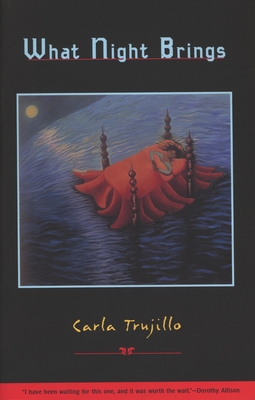

In her picture of Latina astronauts’ preparing the same food, Vasquez selectively cites Mexican tradition to convey her Xicanx perspective and a concern for her community’s heritage and health. The codex presents tortilla-making as a sign of social order in an ethnology meant to sway the debate over Amerindians’ human rights. While the codex is a complex document embedded in the aftermath of Tenochtitlan’s Spanish invasion and mediated by colonial-era politics, it belongs to an ongoing project of defending Indigenous futurity. The earlier scene belongs to the Codex Mendoza, a sixteenth-century manuscript painted by Mexica artist scribes, and the latest image is a collage, Citlali: Hechando Tortillas y Cortando Nopales en Outer Space, by a Mexican-American artist, Debora Kuetzpal Vasquez. In a pair of illustrations made four and a half centuries apart, a woman prepares Mexico’s staple food, the tortilla. To measure the resonance of a culinary motif that has long been a symbol of identity in Middle America, this comparison study covers a temporal and spatial range that pushes such art-historical categories as “Pre-Columbian,” “Colonial,” and “Contemporary” out of their disciplinary confines.

Theories of food consumption will furnish an entry point for a discussion of dining rituals in What’s Cooking?, where feasting scenes both represent and subvert gender codes as well as racial, class, and ethnic divisions. Through the lens of foodways, I want to explore how the movie under analysis employs foodways in presenting cultural heteronormativity, ethnic and racial assimilation, and a single woman’s search for self-definition. Chadha incorporates and interweaves various culinary traditions to create an image of multicultural Los Angeles, where members of families belonging to different racial and ethnic minority groups attempt to resist social pressures and preserve their identities and values through their own renditions of Thanksgiving fare. In her movie What’s Cooking? (2000), Gurinder Chadha uses foodways as a perfect vehicle for emotional manifestations, attitudes, and dilemmas of four families living in Los Angeles. “Ethnic Diaspora Through the Kitchen: Foodways in the Postcolonial Feminist Discourse of Gurinder Chadha’s What’s Cooking?” The Moravian Journal of Literature and Film 4.2 (Fall 2013): 35–53.


 0 kommentar(er)
0 kommentar(er)
